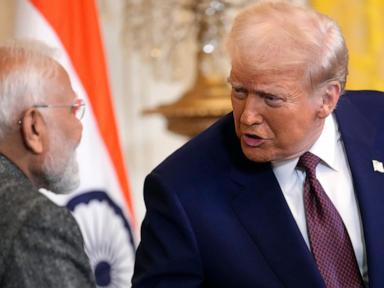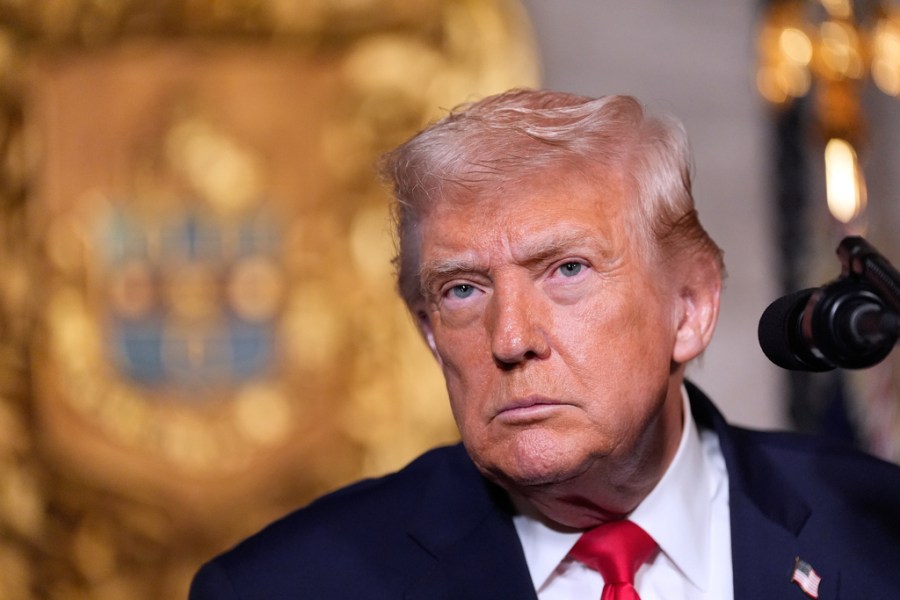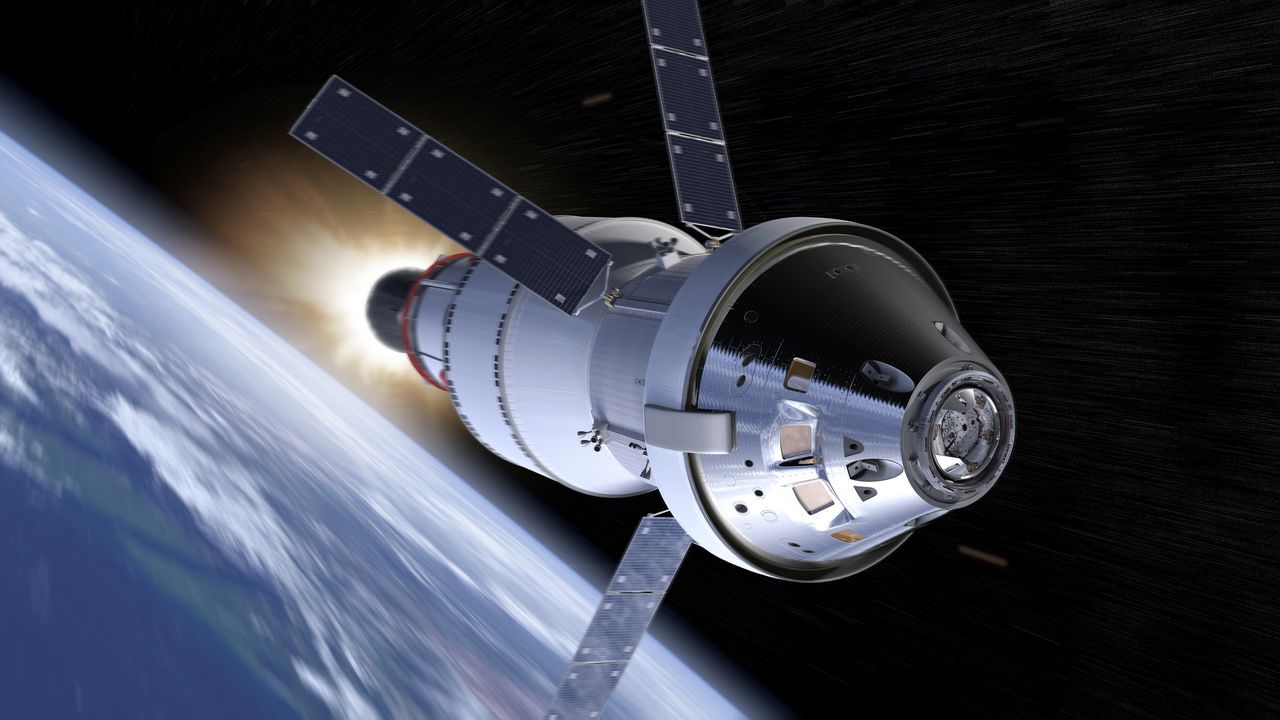India Faces Steep US Tariffs Following Russian Oil Purchases

India is grappling with significant economic repercussions after U.S. President Donald Trump announced an additional 25% tariff on Indian imports, bringing the total tariffs imposed on the country to 50%. This decision, announced on July 5, 2023, is in response to India’s ongoing purchase of Russian oil and comes during a crucial period of trade negotiations between the two nations.
Indian officials have labeled the new tariffs as “unfortunate,” indicating a deepening strain in the relationship between India and the United States. Despite the strategic partnership both countries share, the imposition of these tariffs marks a significant escalation in ongoing trade tensions.
Background of Trade Negotiations
The trade relationship between India and the U.S. has been fraught with challenges. Initially, Trump refrained from imposing tariffs on India, even as he criticized the country as a “tariff king.” However, during a meeting with Indian Prime Minister Narendra Modi in Washington earlier this year, Trump signaled that high tariffs could be on the horizon if trade issues were not addressed.
Following that meeting, both leaders committed to enhancing bilateral trade with a target of reaching $500 billion by 2030. Despite these ambitious goals, the specifics of how to achieve them remained elusive, causing uncertainty in the negotiations.
Trade Minister Piyush Goyal has been actively engaged in discussions, traveling to Washington to meet with U.S. counterparts. While U.S. Vice President JD Vance suggested that progress was being made, the negotiations have yet to yield a concrete agreement.
Escalation of Tariff Concerns
The situation escalated when Trump accused India of undermining U.S. economic interests by purchasing Russian oil. He claimed that the U.S. economy was suffering as a result, labeling India’s economy as “dead.” In response, he imposed the new tariffs, which are set to take effect after a 21-day notification period.
“We’re having some great deals. We have one coming up, maybe with India, a very big one, where we’re going to open up India,” Trump stated, hinting at the complexities of the ongoing negotiations.
Despite Goyal’s assurance that India is willing to make trade agreements in the national interest, the recent tariff increases have sparked concerns about the future of U.S.-India trade relations. The imposition of these tariffs, particularly alongside Trump’s previous threats, underscores the precarious nature of the partnership.
As negotiations continue, both countries will need to navigate these economic tensions while striving to maintain their strategic alliance. With the tariffs now in place, the economic landscape for Indian exporters is poised to change significantly, potentially impacting various sectors across the economy.






